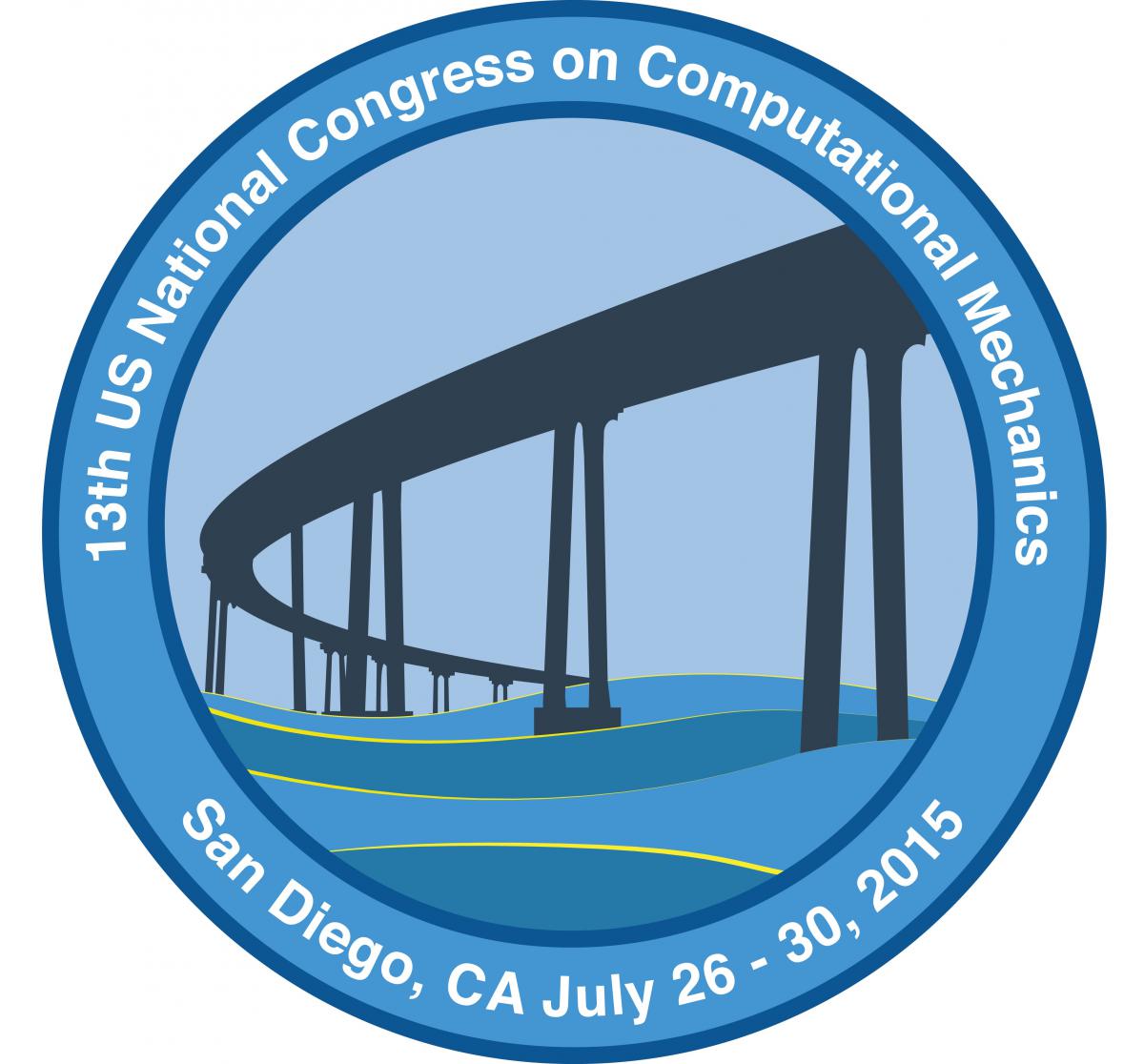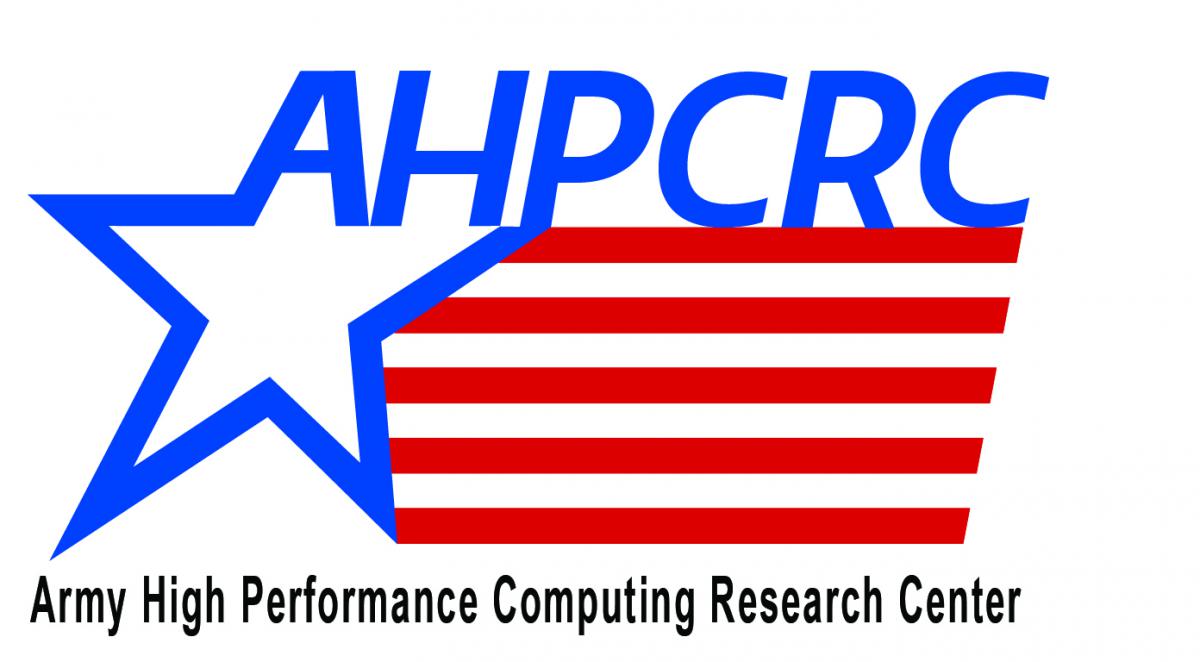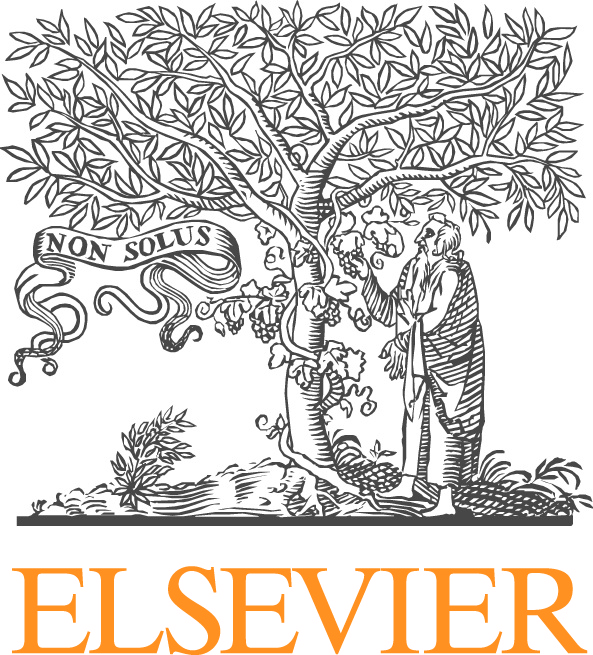Modeling of Vascular Tissue
Advances in medical imaging has made it possible to extract patient specific geometry of the vasculature utilizing computed tomography (CT) scans, magnetic resonance imaging (MRI), or ultrasound imaging. Simultaneously, the tremendous increase in computational performance in recent decades has lead to extensive research in computational models of the in-vivo vasculature to compute the wall stresses, strains, material properties, etc, that may have important medical applications in assessing the risk of vascular diseases and failure modes.
However, current approaches are dominated by uncertainties, thus limiting the application to assess the risk of vascular diseases. The proposed mini-symposium addresses these model uncertainties and will bring together researchers to present their state of the art modeling efforts. In particular, the mini-symposium will address constitutive modeling efforts for vasculature. Topics to be addressed include, inferring the anisotropic and heterogeneous nature of the arterial wall layer, unknown pre-stressed states, as well as differences between diseased sections. Furthermore, the material properties may vary between individuals and correlate with age, gender, external environmental factors (for example tobacco use or heavy alcohol consumption).
The aim of the mini-symposium is to bring investigators together addressing any of the above discussed challenges.





